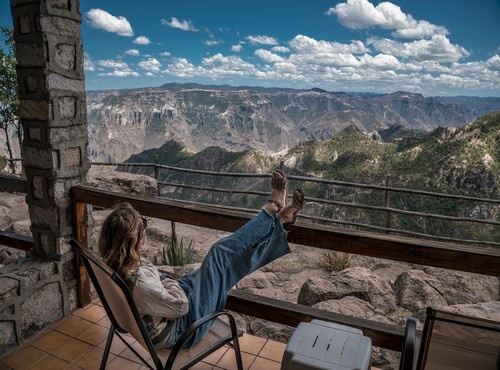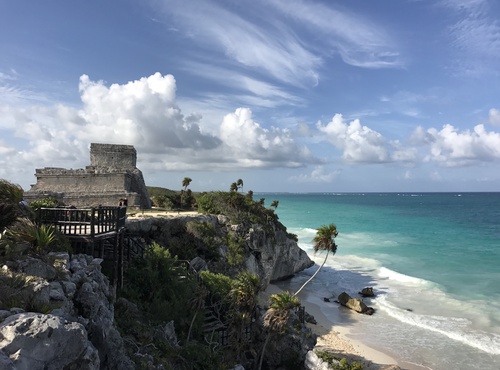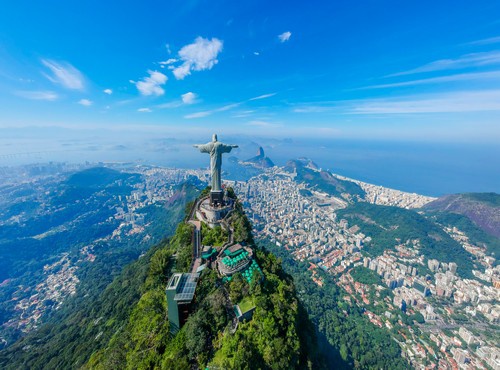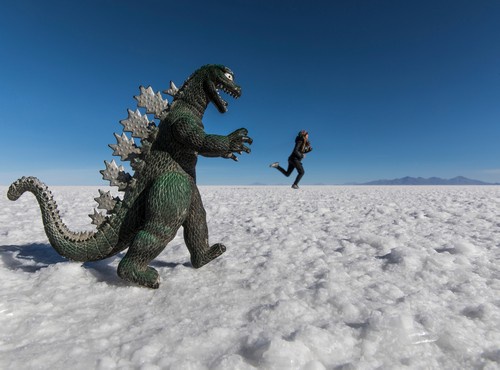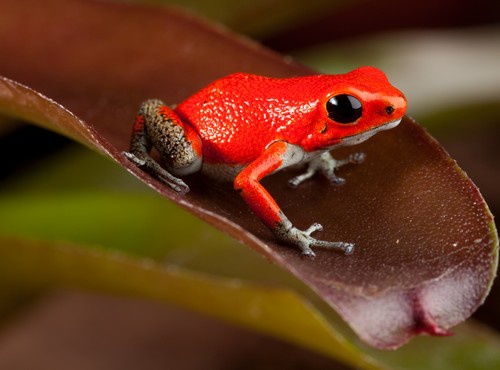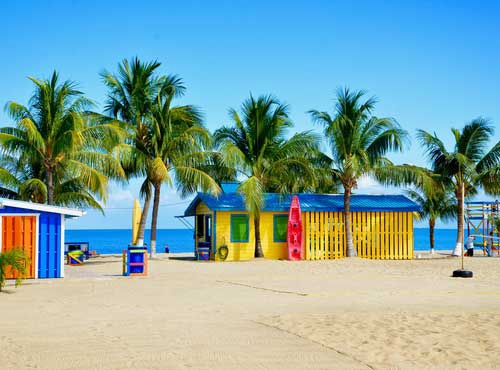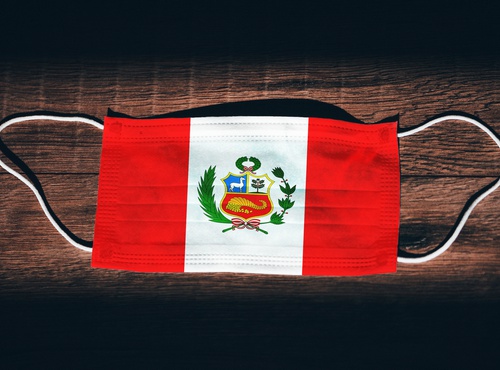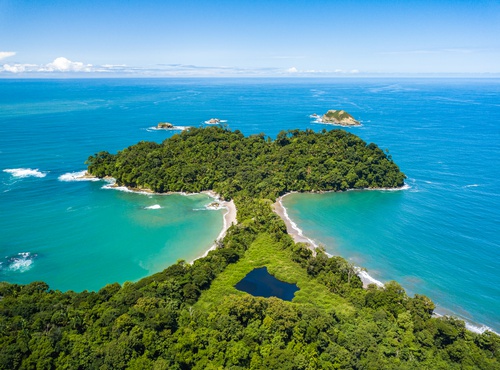
Written by:undefined undefined
Published: 31-03-2023
Chile has a unique geography that makes it the longest and thinnest country on the planet! This long country that stretches from the dusty Atacama Desert in the North to the quiet forests and mountainous peaks of Patagonia in the South. It’s the perfect place to travel if you’re looking for a fun, and adventurous experience alongside some of the most glorious natural wonders in the world. This 10-day tour takes in the best of what to do in the two extremes of the country and showcases the diversity available for travelers to Chile, from the desert to Patagonia.
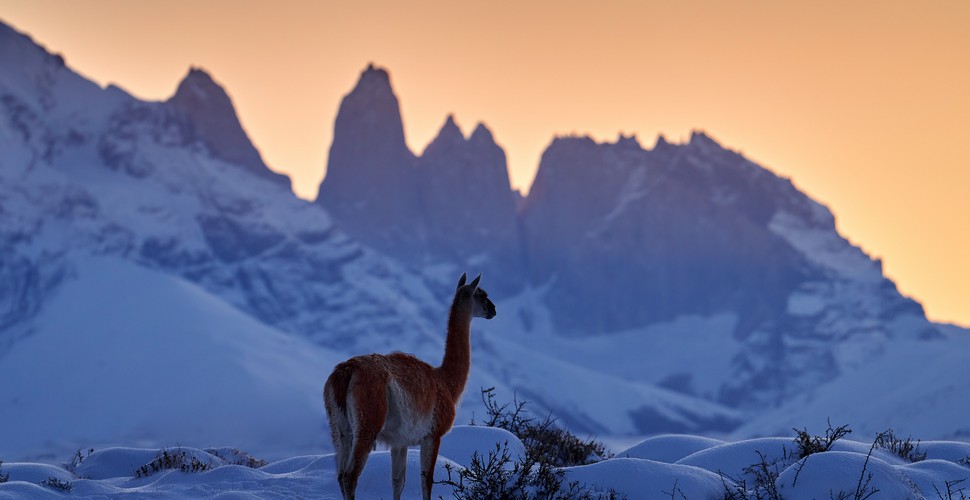
Guanaco, Patagonia
Santiago
Chile‘s capital Santiago doesn’t get as much attention as it deserves when compared to neighboring Argentina’s Buenos Aires or Brazil‘s party central of Rio de Janeiro. However, with the towering peaks of the Andes, the indigenous culture, and many valleys boasting some of the world’s finest wine, there’s a whole host of reasons to visit Santiago and the large city is usually a traveler's first port of call when entering the country, as the international Airport is there. On this tour of Santiago de Chile, you’ll get to see some of the most iconic buildings that define the culture of Chile’s capital city. On a Santiago city tour, you will combine education and experience. Along the way, you’ll get to meet locals, taste the food, and hear the music that makes up the fabric of everyday life in Chile. When we get to downtown if you are able we can walk and we will see the most iconic buildings of Santiago such as La Moneda government palace, Plaza de Armas, Metropolitan Cathedral, markets and much more!!!
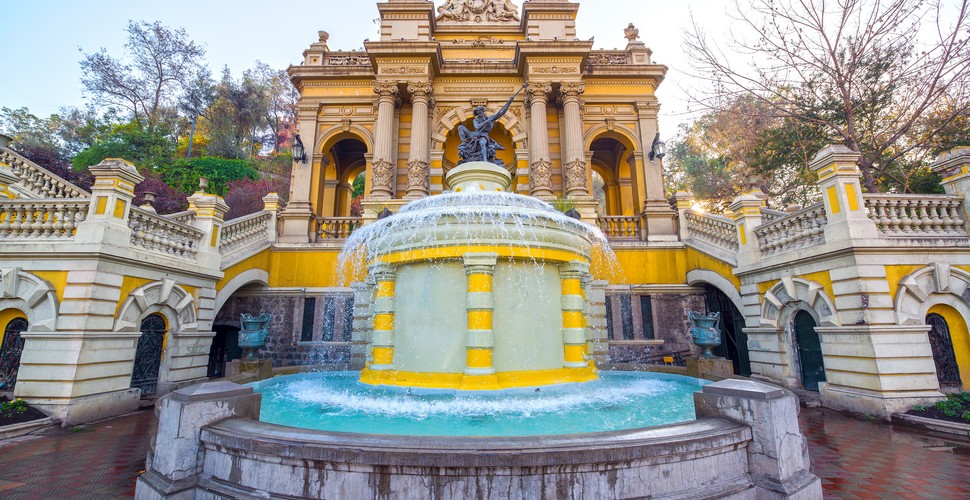
Santiago Fountain
San Pedro de Atacama
San Pedro de Atacama is a desert outcrop of mud settlements turned tourist hub in Northern Chile. The town’s 1,900 inhabitants must be at least doubled or tripled by the steady stream of hippies and backpackers that come to visit year-round. The attraction is obvious though: an imposingly stark, strangely beautiful desert landscape for miles around, with geysers, volcanoes, and salt lakes to boot. Not to mention the crystal-clear stargazing opportunities that the remote vastness of Atacama offers.
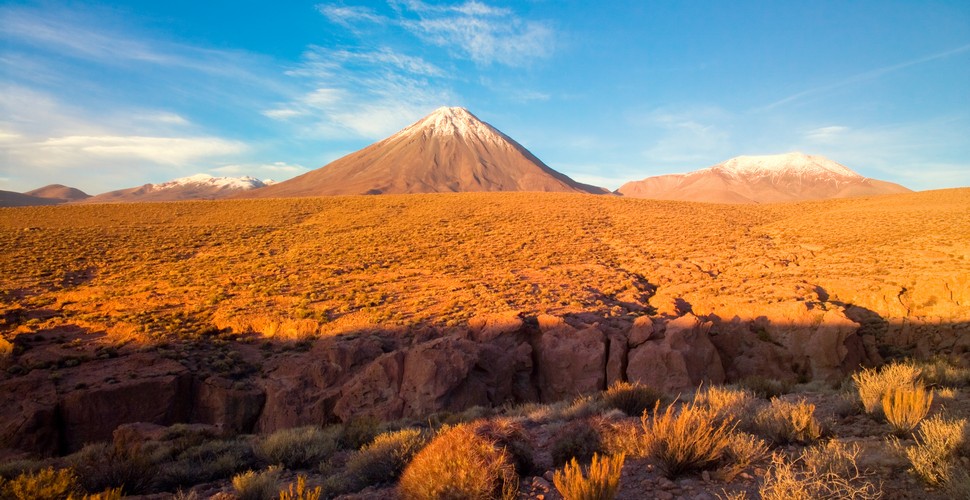
San Pedro de Atacama
Moon Valley
Head to the Moon Valley (Valle de la Luna) approx. 17km west of San Pedro. This natural sanctuary is one of the driest areas in the world, with parts of it not having received rainfall in hundreds of years. The Duna Mayor is the largest sand dune in the Moon Valley. Walk along the ridge all the way to the end to enjoy the sunset in this most dramatic and beautiful of places of galactic proportions.
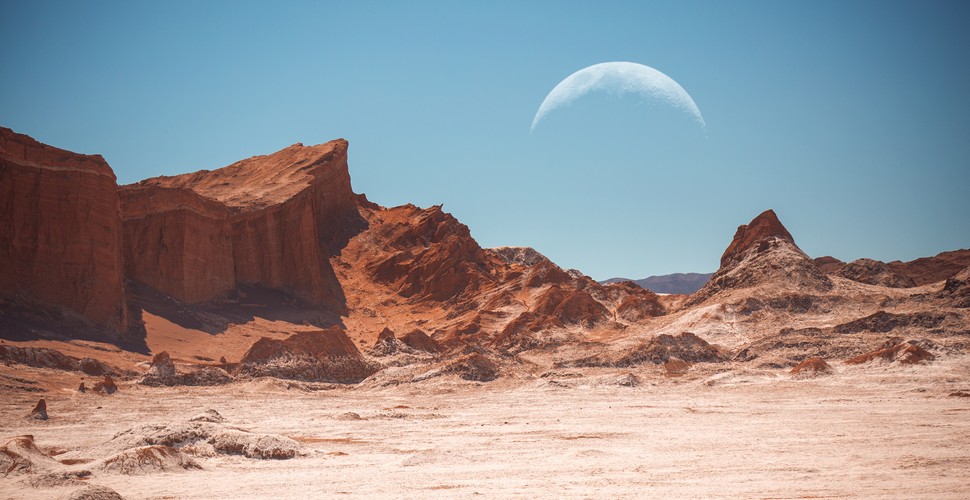
The Moon Valley
Lagunas Altiplánicas
The Lagunas Altiplánicas are two high-altitude lagoons called Miscanti and Miniques that are located next to each other. The views here are very dramatic with desert vegetation, a volcano in the backdrop, and the beautiful colors of the lagoons. There are walking paths so that you can walk around and if you are lucky you can spot a vicuña or 10! Salt-rimmed and flanked on all sides by gently undulating rusty-colored volcanos and rough, sun-baked shrubs, these lakes are perhaps the most beautiful in the whole of the Atacama Desert.
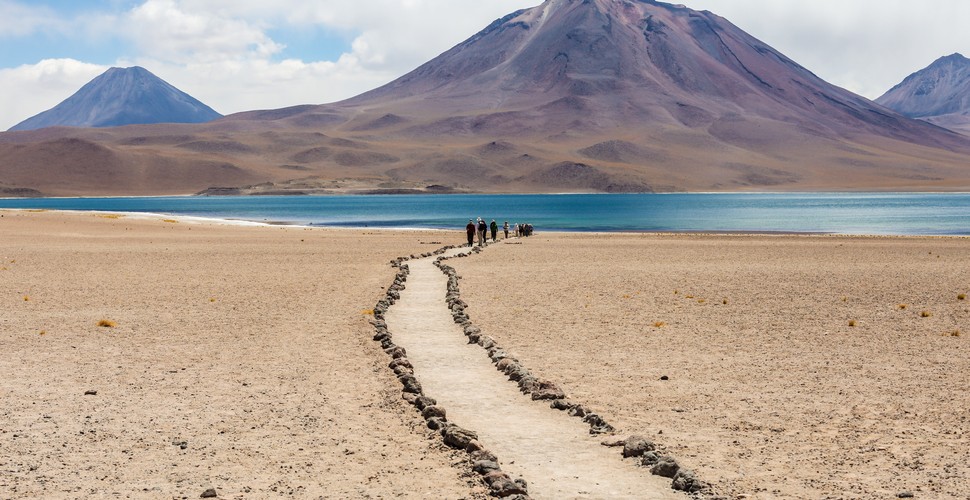
Miscanti Lagoon
El Tatio Geysers
Located at 4,320 meters above sea level, El Tatio is a geothermal field with lots of geysers. It is the third-largest geyser field in the world and the largest in the Southern Hemisphere. El Tatio has over 80 geysers scattered around the area. That makes El Tatio the highest geyser field in the entire world, as well as the third largest based on the number of active geysers. An early morning trip combines steamy geysers and cold external temperatures temperature so the hot steam from the geysers rises higher, making it more visually stunning.

Tatio Geysers
Rainbow Valley
There is one valley that has somehow managed to escape centuries of earthquakes and volcanic eruptions in Atacama. While other geological formations bear the scars of natural disasters and mining activities, the Valle del Arcoiris got colors instead. Nestled among the Domeyko Mountains, this collection of colored-in peaks appropriately translates to ‘Rainbow Valley’. There’s a thick buttress of ochre red clay at the bottom, a glimmering strip of chalky white salt in the middle, and a generous topping of moss-colored volcanic tuff. This didn’t happen overnight and over thousands of years were formed into rainbow colors that sharpy contract with the rest of The Atacama Desert.
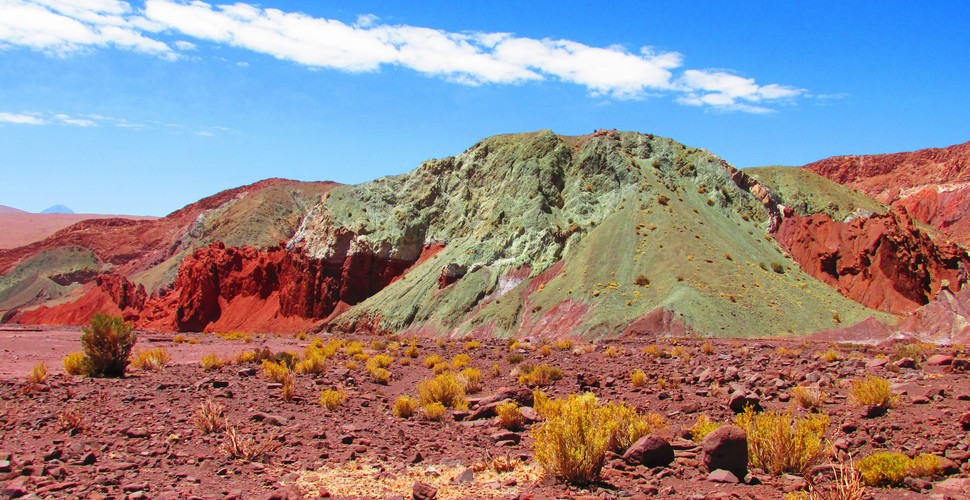
Rainbow Valley
Patagonia
Our first stop in the Patagonian South of Chile is Puerto Natales. Puerto Natales makes the perfect base to visit some of the best sections of Chilean Patagonia. This inconspicuous little port town serves as a gateway to Torres del Paine National Park, the center of Patagonian activity.
Balmaceda glacier
Balmaceda is an impressive hanging glacier, that can be found in the southern part of Torres del Paine National Park in Chilean Patagonia. Unlike other glaciers in this part of Patagonia, this glacier does not come down off the Southern Patagonian Ice Cap but is attached to the similar Serrano Glacier. Islands off Balmaceda are home to a wonderful array of wildlife, including penguins, dolphins, marine otters, sea lions, and a rich bird life.
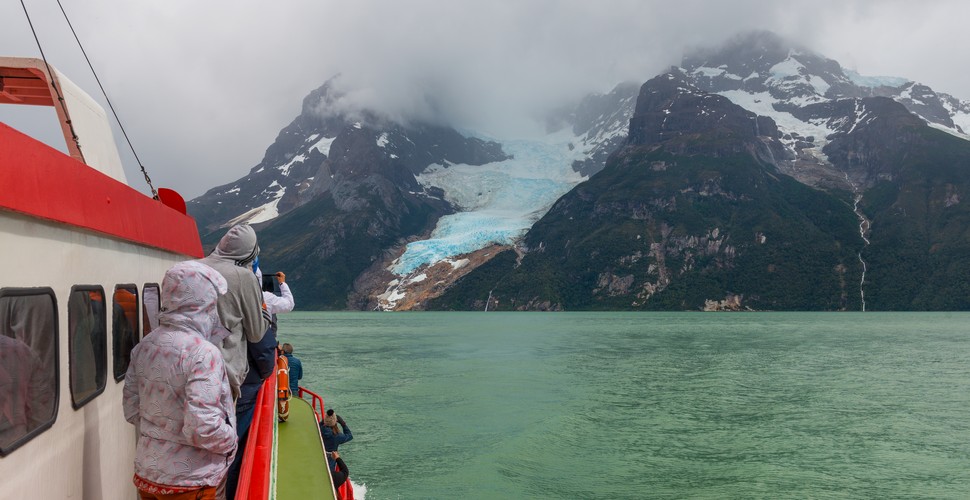
Balmaceda Glacier
Torres del Paine
Chilean Patagonia is a magical land of volcanos and lakes, glaciers and gauchos, and home to the iconic Torres del Paine National Park. Here you will be blessed with magnificent views that greet you in every direction and most are easily accessed, while extended hikes reveal hidden gems. Snow-dusted mountains hold glaciers defiantly hanging to their sides Staring in awe at the Towers rising 3,000m from the Patagonian stepp provides one of the most inspiring views a traveler could ever hope to see. The park offers some of the best trekking in the world. Walking trails take you through dense forests, alongside waterfalls, and past turquoise lakes. Views reach up to the Southern Ice Field, stretching back 350km, with an area of 12,330 km2. Walks vary from short and easy, to extensive and challenging, with the legendary “W” spread over 4 long days.
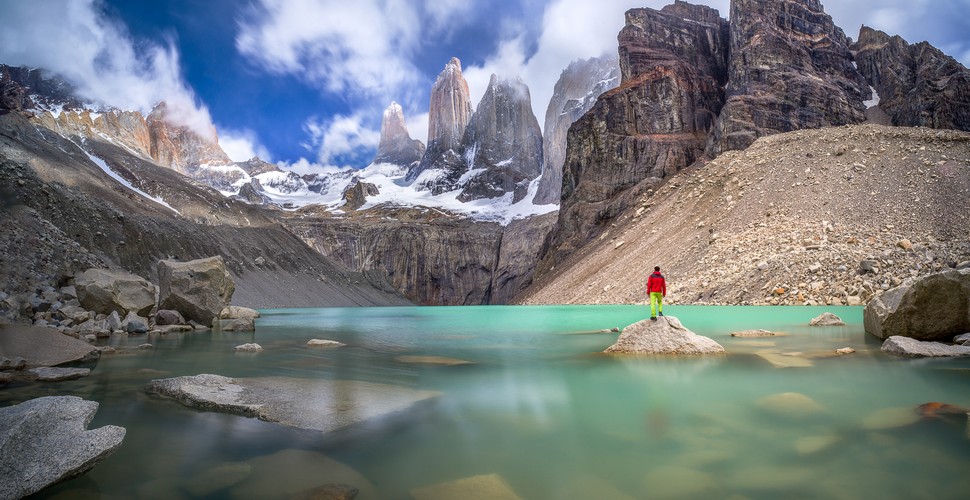
Torres del Paine
Torres del Paine is also home to Salto Grande, the most spectacular waterfall in the area. A day trip to Salto Grande involves a drive to the Pudeto sector of Torres del Paine, which is located in the heart of the park's lake district. From there it’s a short and easy two km walk along well-marked paths to this raging aquamarine cascade on the Paine River that funnels water between lakes Nordenskjöld and Pehoé. Glaciers feed these lakes, which is why the rushing water at the falls has a milky sky-blue color that's almost dreamlike in its appearance. You can hike right up to the edge and look out as great torrents of water thunder through the bottleneck and crash dozens of meters into the river below. Also, while you marvel at the fury and beauty of Salto Grande, be sure to keep on the lookout for local wildlife like guanacos (a relative of the llama), because they are common here.
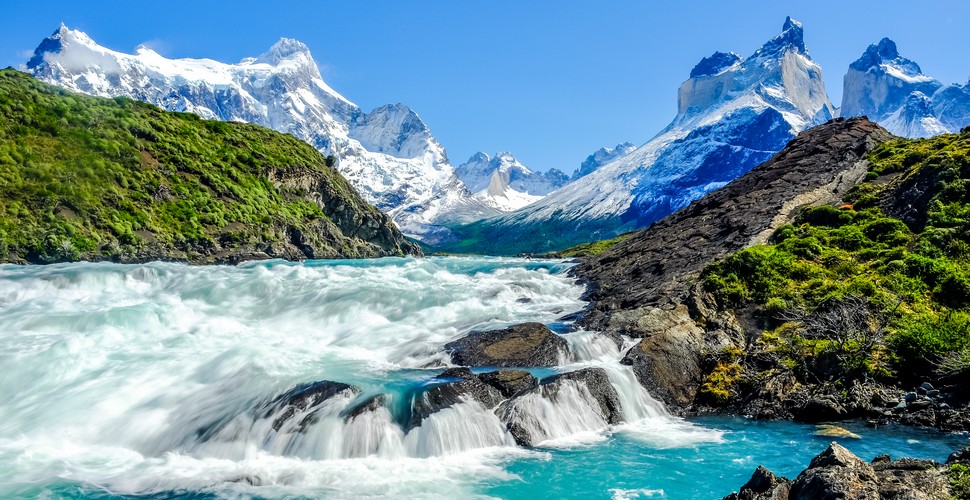
Salto Grande
Find out more about this 10-day trip from the desert to Patagonia with VA Expeditions here.







